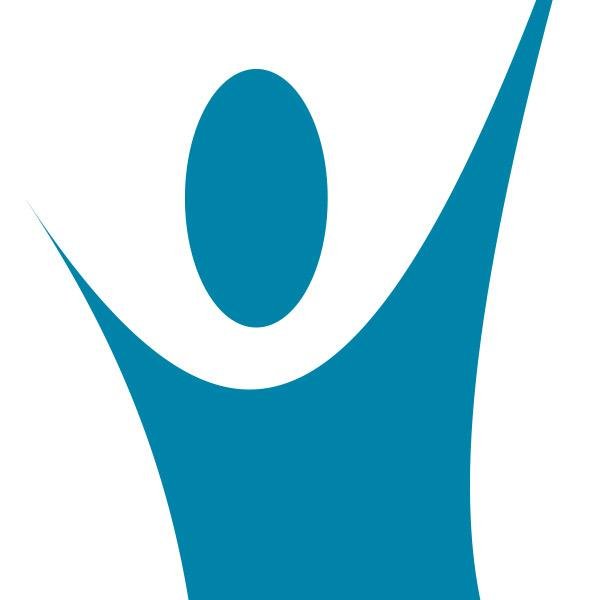
The Company’s trademark design may not have the marketability of the golden arches, but it serves the company well.
We’ve all come into contact with them; textbooks, academic journals, and peer-reviewed articles are essential to any student or academic professional. But who is responsible for gracing our academic consumption with such quality material? Springer International has its roots in a small family operation, but quickly emerged as a force to be reckoned with in the academic market (employing now several hundred both in publishing and academic capacities), particularly in the health professions. Pushing thousands of academic pieces over several mediums, there is no shortage of material for the aspiring professional.
Springer unapologetically favors the world of medicine when it comes to marketing. Hundreds of textbooks available here and oversees (primarily England and Germany), thousands of peer-reviewed academic articles, and a multitude of online subscriptions keep the thirst of any academic quenched. Though selling and primarily online subscriptions, it is important to note that Springer maintains a powerful presence in the health care textbook market.
How does such a reputable publisher stay a float? Springer finds its origins in Berlin by Dr. Bernhard Springer and his wife in 1950. Afer some success, the company gradually acquired a substantial customer base in this niche market and by default a larger company. The passing of Dr. Bernhard in 1970 was not an end to an era, but rather the beginning. The good doctor’s wife selling the company Mannheim Holdings, LLC. The profits from the academic publications do more than keep the lights on, they keep the company in a state of gradual expansion.
Springer has seen its share of success and failure. The website explains the publications initial groundbreaking moment: “Dr. Springer’s first landmark publications included Livestock Health Encyclopedia by Dr. R. Seiden and the 1952 Handbook of Cardiology for Nurses. Nursing publications grew rapidly in number, as Dr. Modell’s Drugs in Current Use, a small annual paperback, became the gold standard text for many years, selling over 150,000 copies over several editions. (Springer, 2017).” Currently, the publisher has won 11 AJN (American Journal of Nursing) awards.
Springer does not claim any failures per se, but the challenges facing a group selling to such a limited audience coupled with the fact that the sheer size of Springer is not all that impressive in comparison to larger publishers. Another limitation may have been linked to the founder, being a family run operation takes a toll both financial and on the integrity of the company. Dr. Bernhard, by trade, was a physician as opposed to the head of a publishing empire.